Other toxins in cosmetics and beauty products to avoid include fragrance, triclosan, BHA and BHT, oxybenzone, toluene, hydroquinone, and coal tar dyes.
Trying to navigate beauty products can be hard work. Ingredients have some complex names that can leave us feeling confused and powerless. Here, we look at some of the worst toxins in cosmetics today.
The FDA fails to regulate many of the chemicals in cosmetics. Chemicals that have been banned in Canada and Europe are still being sold in the USA. As a mother of two young children with allergies and asthma, I have tried diligently to reduce the toxic chemicals that we put in our bodies every day.
Throughout this ongoing research, I have found products with varying degrees of harm. Some of the toxins we ingest through aerosols, lipsticks, creams, and makeup link to many health conditions. These ailments vary from minor health irritations to major diseases. In the worst cases, they have been linked to cancer and birth defects.
Here, I break down the chemicals that we can find in our products, from the worst offenders in products that should be avoided. All chemicals mentioned point to evidence of bodily harm.
This article is about education rather than alarm. Some of you will rush out to throw away your cosmetics and others will gradually change your buying habits. Either way, it is important to be aware of the deregulations that exist in the cosmetic industry in the USA. While the FDA has only outlawed 11 chemical compounds from cosmetic products, the European Union has banned more than 1300. As a result, we have to do our homework, read the labels on our cosmetic products, and choose more sustainable, safer options.
It is important to work towards choosing healthier, more non-toxic options for you and your family.
The Worst Toxins in Makeup and Beauty Products
We start with some of the toxic compounds that Canadians and Europeans do not even allow in most of their products due to links to cancer, genetic mutations, reproductive harm, and birth defects. While we can’t all take trips across the borders to buy our beauty and skincare products, we can all learn to read the labels. This simple practice can help us lead healthier and cleaner lives.
1. Formaldehyde
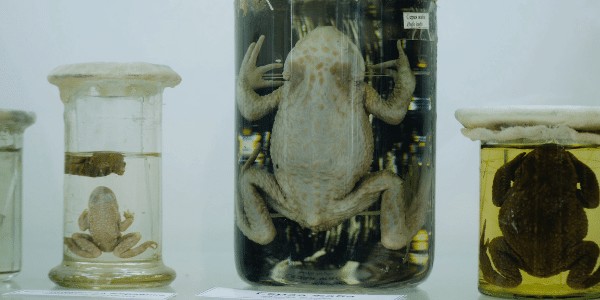
What is it?
Formaldehyde is a preservative to prolong shelf life. It is most commonly used to preserve dead bodies before burial. Unfortunately, it is found in many of our cosmetic products as well.
Where is it found?
The problem with formaldehyde is that it is often disguised as other compounds which release formaldehyde. These chemicals are often referred to as formaldehyde releasers.
The worst offenders in this group according to the Environmental Working Group are:
- Gloxal
- Methenamine
- Formalin
- 5-BROMO-5-NITRO-1,3 DIOXANE
- 2-BROMO-2-NITROPROPANE-1,3-DIOL
- QUATERNIUM-15
Potential Health Impacts
Formaldehyde has been linked to cancer and hormone disruption.
Find it mostly in: Nail Products, Conditioners, Makeup remover, Sunless tanning.
Some common brands that have used this toxin: Equate, Aveeno, Renpure, Maui Moisture, Up & Up, Maybelline, and Dermacol.
2. Certain Parabens
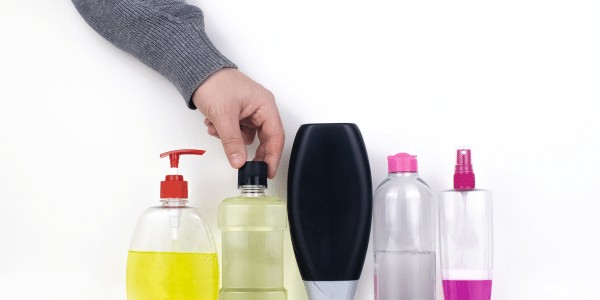
What is it?
Parabens are chemicals included in cosmetics as a preservative. Certain parabens have been found to do more harm than others. The European Union has found enough cause to outlaw the use of these two parabens in cosmetics, although they are still widely found in cosmetics in North America:
- Isopropylparaben
- Isobutylparaben
Also, steer clear from these two parabens.
- Propylparaben
- Butylparaben
Where is it found?
Common Cosmetic products such as foundations, eyeliner, sunscreens, lipstick, moisturizer, eye shadow, and more.
Potential Health Impacts
They start by disrupting hormones and can lead to other significant issues such as breast cancer.
Some common brands that have used this toxin:
Cover Girl, Laura Mercier, Dermacol, Iman, Medusa, and L.A. Colors.
Better Options
Methylparaben and Ethylparaben are better options and are much lower on the toxicity scale.
3. Carbon Black
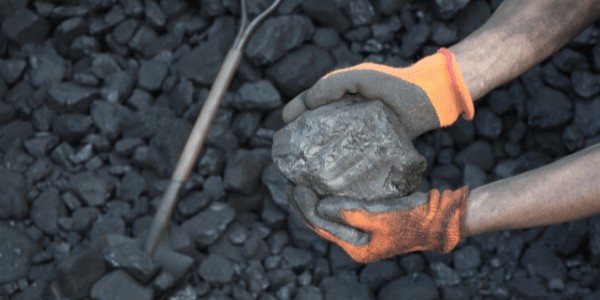
What is it?
Black powder is taken from the mining industry used as a color additive in cosmetics. Also called D & C Black #2.
Where is it found?
Mostly found in anything with a dark black color. Carbon black can be found in mascaras, eyeliner, and eye shadow. It is banned in EU cosmetics but can still be widely found in North America.
Potential Health Impacts
Carbon Black is most toxic in powder form when inhaled. Often included in cosmetics in a cream form, it should still be avoided due to particles that can flake off and easily be inhaled. There is strong evidence of links to cancer as it accumulates in the lungs. There is also a correlation between hormone disruption and birth defects.
Some common brands that have used this toxin: Wet n’ Wild, L’Oreal, Rimmel, Maybelline, Bare Minerals, Beauty Bakery, Tart, and more.
Other Bad Additives to Avoid
4. Fragrance

What is it?
Any artificial compound that creates a pleasant smell. Mostly disguised as trade secrets under the term ‘fragrance’, these compounds can contain hundreds of toxic chemicals easily inhaled and absorbed by the human body. As we continue to see more schools, hospitals, and workplaces move towards a fragrance-free environment, we can better understand how fragrances can be so toxic to the human body.
Where is it found?
Found in most cosmetics, cleaning products, and detergents, fragrances can be hidden in the most innocent, natural products. Needless to say, inhaling air fresheners and perfumes can impede good health and contribute to a myriad of health problems.
Potential Health Impacts
Fragrances are the number one contributor to allergic reactions in cosmetic products. Short-term effects from scented products can include headache; nose, and throat irritation; forgetfulness; and nausea. [1]
Some animal studies link the chemicals found in fragrances with cancer, a hormone disruptor, and reproductive issues. [2] Since women use twice the amount of cosmetic products daily than men, they are more at risk of side effects from these chemicals.
Some common brands that have used this toxin:
Currently, the Environmental Working Group has classified almost 20 000 cosmetic products containing fragrance. This list is not conclusive and there are many more products that exist. Most cosmetic brands will contain fragrance or perfume.
5. Triclosan

What is it?
Triclosan is used as an antiseptic in a variety of cosmetics and soaps.
Where is it found?
Only a handful of years ago Triclosan was found in almost any hand soap you could find at your local Bath and Body Works or CVS. Due to an increase in antibiotic resistance[2], the FDA has limited the use of Triclosan in hand soap, yet still allows it in other products currently on the market.
Potential Health Impacts
Triclosan has been linked to antibiotic resistance. This means that we would need stronger antibiotics to kill common bacteria. As a result, superbugs can develop. Since all of us have lived through the COVID pandemic, the last thing we need is another superbug!
Triclosan has also been linked to skin cancer after long-term exposure.
Triclosan also has negative effects on hormone levels, potentially creating a slew of secondary hormonal issues in the body. [3]
Triclosan is also highly toxic to fish and marine life. [4]
Some common brands that have used this toxin: CVS soaps, Clearasil, PhisoDerm, and Clean & Clear.
6. BHA and BHT
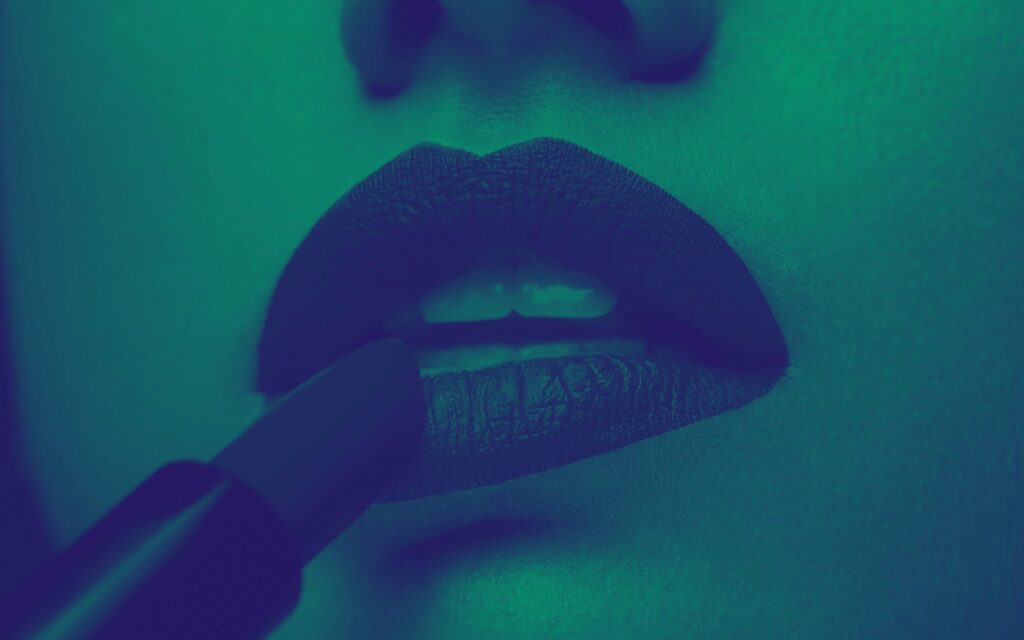
What is it?
Also known as butylated hydroxyanisole and butylated hydroxytoluene, these chemicals are used as preservatives in many cosmetics.
Where is it found?
Found in creamy cosmetics such as lipsticks, concealers, and diaper creams.
Potential Health Impacts
Allergic reactions to these chemicals are common. These chemicals have been classified as a possible carcinogen, including liver cancer and tumor promoter, and can contribute to hormone disruption.
Some common brands that have used these toxins:
Brands that have used BHA in their products: Ofra, CVS diaper cream, Natureplex, and Palladio.
Brands that have used BHT in their products: Revlon, L.A. Girl, Stila, Wet n’ Wild, Benefit, and Tartt.
7. Oxybenzone
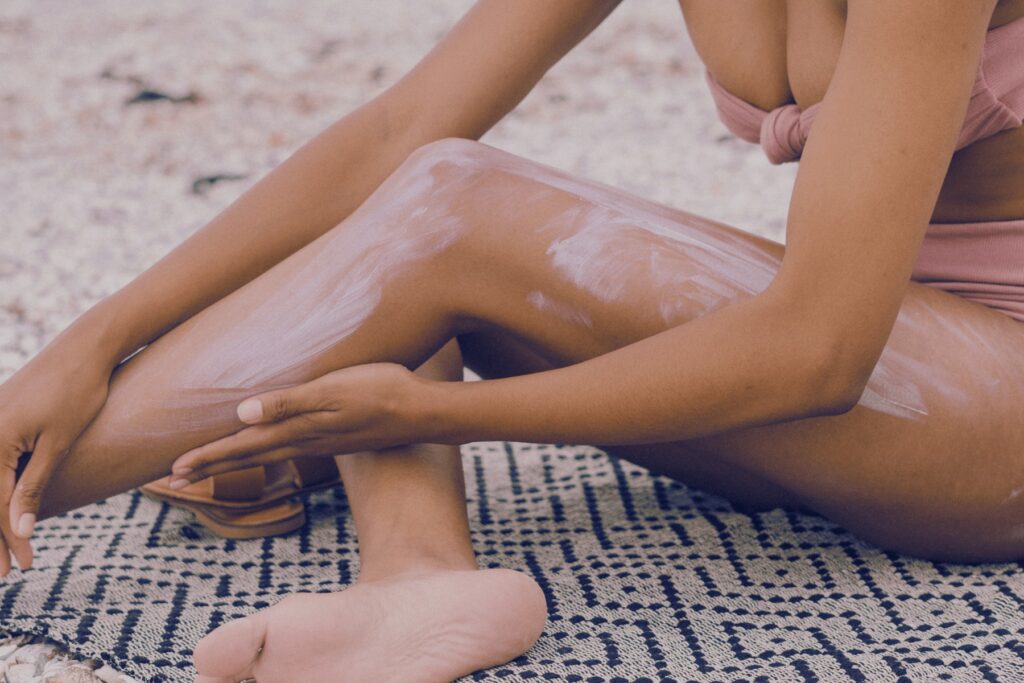
What is it?
Used in sunscreens to block UVA and UVB rays. Also labeled benzophenone-3.
Where is it found?
It is commonly found in sunscreens.
Potential Health Impacts
Allergic reactions to this chemical are common when exposed to the sun. Banned in Japan and Hawaii, there is evidence of linking oxybenzone with hormone disruption.
This chemical also destroys coral reefs and marine life.
Some common brands that have used this toxin:
Coppertone, NO AD, Australian Gold, Moroccan Oil, Aveeno, CVS, and La Mer.
8. Toluene

What is it?
Toluene is a clear, colorless liquid used as a solvent to thin out solutions and dissolve adhesives. [5] Also referred to as methylbenzene.
Can also be labeled as Toluene-2, 5 Diamine(Sulfate).
Where is it found?
Mostly in nail polish and blonde/bleaching hair dye. Canada has outlawed
Potential Health Impacts
Known to cause allergic reactions.
Neurological complications from inhalation.
Some common brands that have used this toxin:
Clairol, John Frieda, Schwarzkopf, Garnier, Wella, Vidal Sassoon, L’Oreal, Just for Men.
9. Hydroquinone
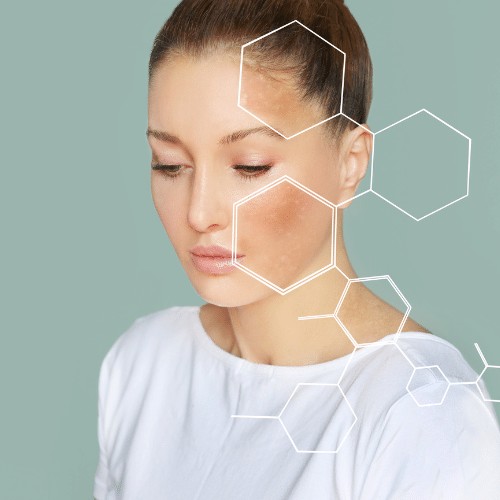
What is it?
Hydroquinone is a popular skin lightening agent used to treat hyperpigmentation. Also known as tocopheryl acetate.
Where is it found?
Mostly in creams, cleansers, and serums used to treat dark spots on the skin.
Potential Health Impacts
Europe and a handful of other countries have banned hydroquinone from over-the-counter use. It has been known to cause cancer in laboratory animals and is harmful to the environment.
Some common brands that have used this toxin:
Vivier, Estee Lauder, Admire My Skin, Melloderm, Clinician’s Complex, and MD Complete.
10. Coal Tar Dyes
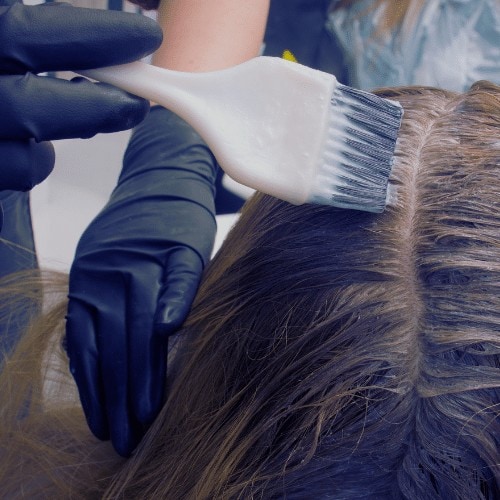
What is it?
Coal Tar is a thick dark liquid made from a combination of petrochemicals used to add color. Coal tar can also be identified by CI, FD&C, or D&C followed by a color number. Cosmetics that have more pigment often contain a higher quantity of Coal Tar.
Where is it found?
Found in almost ALL types of cosmetics, Coal tar can be in hair dyes, lipsticks, eye shadow, nail polish, lip balm, bronzer, blush, and more.
Coal tar is also used for medicinal purposes to treat psoriasis and dermatitis.
Potential Health Impacts
Known to be cancer-causing in humans, Coal Tar can also cause irritation and allergic reactions.
Some common brands that have used this toxin: Glamazon, Flower, BLK OPL, Black Opal, Hard Candy, Lancome, Dermacol, and Revlon.
What Next?
As consumers, we need to be cognisant of the toxins that exist in our beauty products. The more we choose products without these chemicals, the more the message gets communicated for change to occur. Safer products should be the only option.
Take a look at our other articles to find healthy, more sustainable options for your cosmetic products. Read this article to learn how to create the Ultimate Natural Skincare Routine.
Referenced Articles:
- https://www.sciencedirect.com/science/article/abs/pii/S0269749115003346
- https://academic.oup.com/jncics/article/2/2/pky026/5042231?login=true
- https://www.degruyter.com/document/doi/10.1515/med-2015-0047/html
- https://www.sciencedirect.com/science/article/abs/pii/S0013935117311003?via%3Dihub
- https://www.ewg.org/

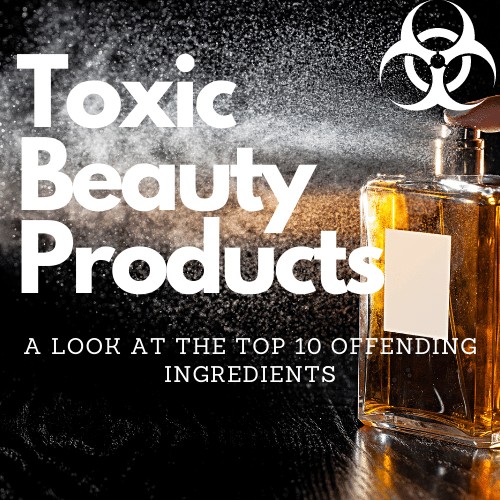

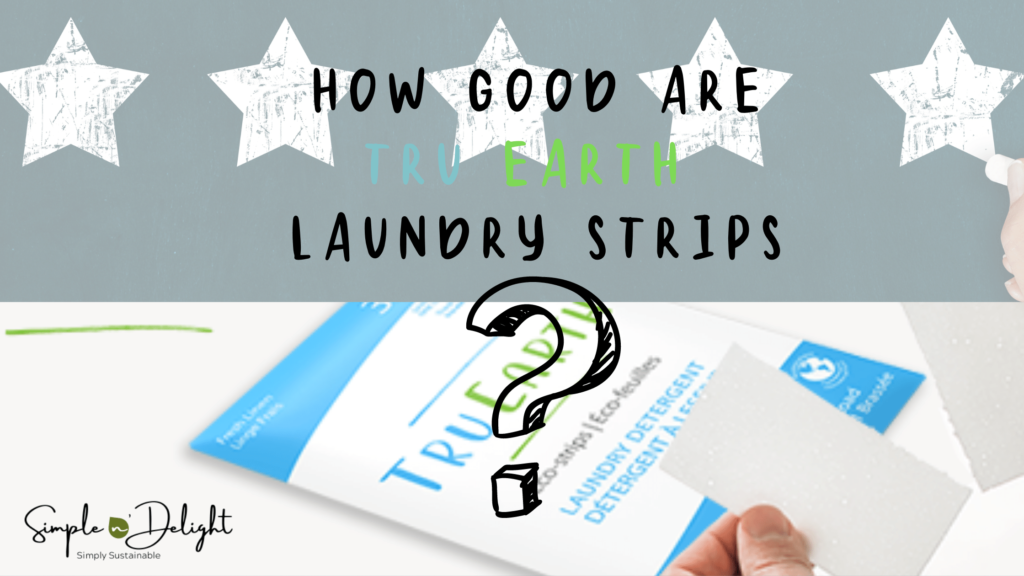


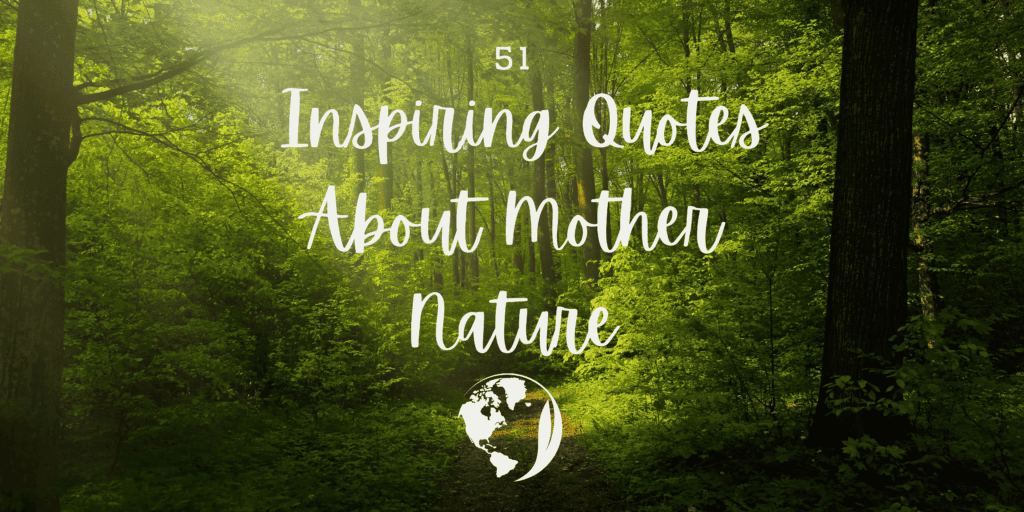

6 Responses
Thank you for this insightful article!
It’s hard to avoid these chemicals unless you go the natural way. However, it’s good that some companies try to use mild chemicals for the protection of their consumers.
Excellent post! And never realised how harmful these chemicals are and to see some of these are cancer causing as well, its just terrible, thank you for educating us all
This is a great post–thanks for including specific brands to watch out for! Super informative post.
This was very informative content, thank you!
Love this post!